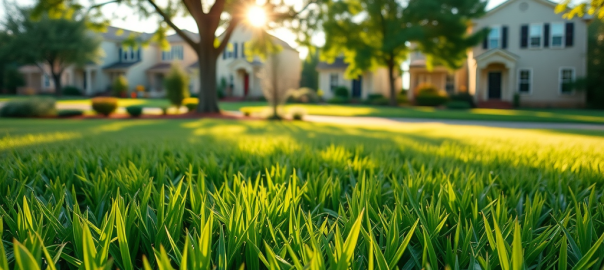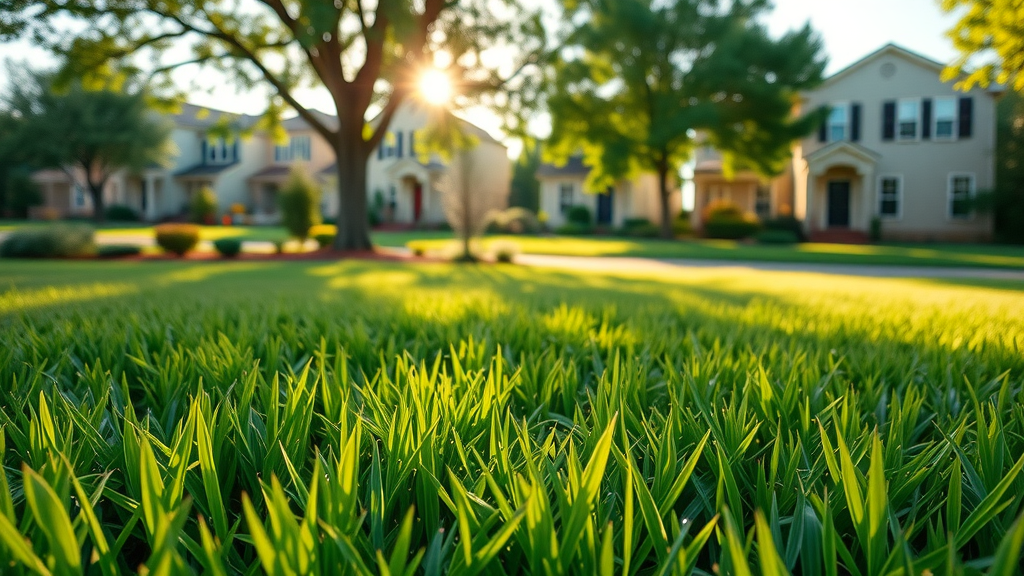
Did you know that over 40% of lawn owners make preventable mistakes when fertilizing their lawns? A simple misstep with your lawn fertilizer can spell the difference between a lush, green yard and a patchy eyesore. But don’t worry—this guide arms you with the essential knowledge and actionable steps to ensure your fertilizing lawn routine brings out the best in your grass. Get ready to transform your entire lawn into a neighborhood showpiece!
Did You Know? Over 40% of Lawn Owners Make Critical Fertilizing Lawn Errors
“Misusing lawn fertilizer can cause more harm than good—transform your yard with smarter fertilizing lawn practices.”
Applying lawn fertilizer without understanding your grass type, seasonality, or proper techniques leads to wasted time, money, and could even harm your environment. The reality is that a majority of homeowners—sometimes unknowingly—repeat these mistakes year after year, which can set back lawn care efforts dramatically. Lawn enthusiast or not, recognizing these pitfalls is your first step to a healthier, greener yard.
Real-life examples of fertilizing lawn mistakes are everywhere—from brown streaks caused by over-fertilization to disappointing thin patches resulting from neglect. By learning strategies championed by experts in lawn care, you’ll protect your investment and enjoy the satisfaction of a vibrant, weed-resistant lawn all season long.
Fertilizing Lawn Fundamentals: Lawn Care and Why Your Approach Matters
- What fertilizing lawn truly means for modern lawn care
- Commonly overlooked benefits of a disciplined lawn fertilizer regimen
- Consequences of fertilize your lawn mistakes

Fertilizing your lawn isn’t just about making grass green—it’s about fueling lasting health and resilience. Proper lawn care integrates fertilizer use with your grass type, season, and soil health. A successful fertilizing lawn plan supports the entire lawn , from root development to lush leaf growth, and lays the foundation for stronger disease resistance.
Many homeowners overlook crucial benefits, such as water retention improvements and increased turf density, achievable only through a disciplined lawn fertilizer regimen. Consistent, well-timed feedings directly influence lawn sustainability, especially when matched to the unique needs of your chosen season grass. On the flip side, neglect or careless applications can lead to runoff, wasted product, and “burn” spots, underlining the importance of purpose-driven lawn care strategies.
Consequences of fertilize your lawn mistakes extend beyond the appearance of your yard. Misapplied nitrogen fertilizer, for example, contributes to pollution in local waterways, impacts animal habitats, and reduces your neighborhood’s curb appeal. Prioritizing accuracy with every application means a healthier lawn for you and a safer ecosystem for everyone.
To further refine your fertilizing approach and avoid the most common pitfalls, it’s helpful to understand the science behind effective fertilization and how professional services can optimize your results. For a deeper dive into proven fertilization methods and tailored solutions, explore the comprehensive fertilization services overview for expert-backed guidance.
Choosing the Right Lawn Fertilizer for Your Grass Type
Understanding Grass Type: Matching Lawn Fertilizer to Season Grass and Season Grasses
- Cool season grasses vs warm season grasses
- How grass type affects fertilizing lawn schedules
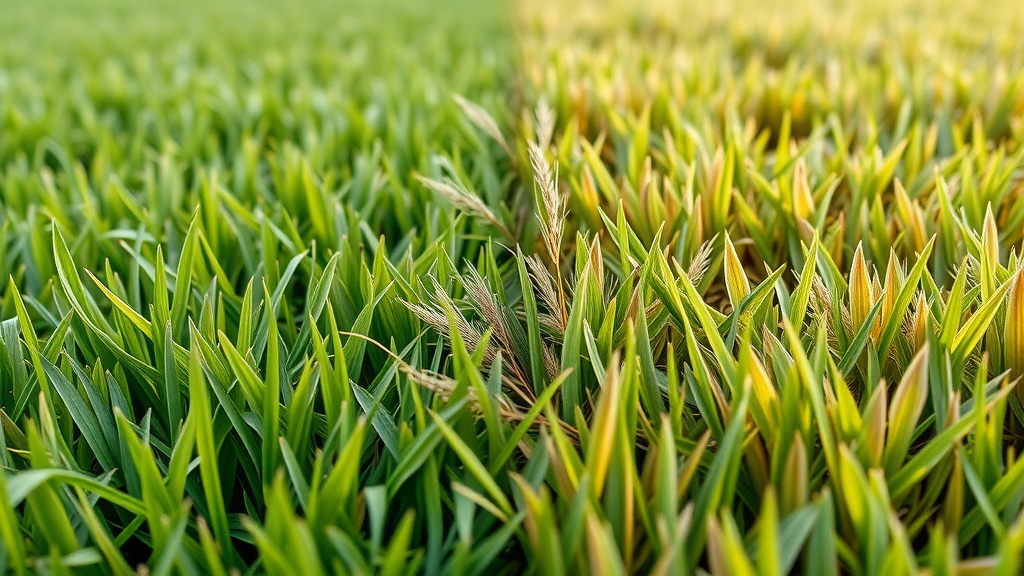
Matching the correct lawn fertilizer to your specific grass type is the secret behind a genuinely healthy lawn. Cool season grasses—such as fescue and bluegrass—thrive in moderate climates and demand different nutrition than warm season grasses like bermuda or zoysia. Season grasses require feeding at unique times and with tailored nutrients, so it’s essential to identify your grass before you buy.
A common mistake is using a “one-size-fits-all” fertilizer across various grass types—this rarely yields the best results. For cool season grasses, focus on feeding heavily in fall and lightly in early spring; warm season grasses benefit from heavier feedings in late spring through summer. Always read the product label carefully and consult your local county extension service for region-specific advice.
Proper scheduling prevents waste, over-fertilizing, or missing key growth periods. By aligning your fertilizing schedule to the natural lifecycle of your grass type, you maximize nutrient uptake, enhance root systems, and deliver picture-perfect turf, year after year.
When to Fertilize Your Lawn: Early Spring and Beyond
The Best Seasons and Timing for Fertilizing Lawn
| Grass Type | Early Spring | Late Spring | Early Fall | Late Fall |
|---|---|---|---|---|
| Cool Season | Fertilize lightly | Fertilize heavily | Fertilize moderately | Skip |
| Warm Season | Wait | Fertilize heavily | Fertilize lightly | Skip |
Getting the timing right can make or break your fertilizing lawn results. Cool season grasses respond best to fertilizer when soil temperatures reach about 55°F in early spring. However, too-early or late applications risk wasted product and subpar growth. Use a soil test or thermometer for accuracy; local websites or apps can help track your area’s climate and optimal timing.
For warm season grasses, patience is key—wait until late spring or early summer when active growth kicks in. This approach aligns with your grass’s biological needs, ensuring nutrients are absorbed efficiently, rather than being lost to runoff or evaporation. Calculated timing prevents excess weed growth and helps pr your established lawn withstand summer heat.
By following the correct seasonal cycles and tuning your efforts to the needs of your season grasses, you achieve a thick, resilient carpet of green while protecting your investment throughout the year.
Liquid Fertilizer vs Granular Lawn Fertilizer: What’s Best for Fertilizing Lawn?
Pros and Cons of Granular and Liquid Fertilizer for Lawn Care
- Speed of nutrient absorption
- Application simplicity
- Risk of over-fertilizing lawn
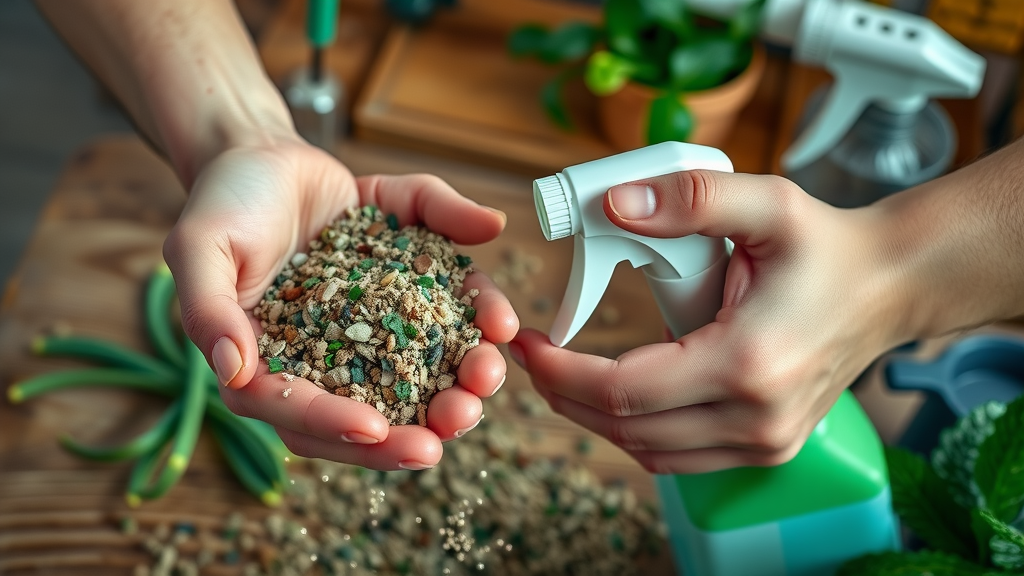
Choosing between liquid fertilizer and granular options depends on your goals, lawn size, and comfort level. Granular lawn fertilizer releases nutrients slowly, making it ideal for sustained feeding, especially across expansive square feet of lawn. It’s easier for beginners and offers consistent, predictable results—just make sure to use a calibrated spreader.
On the other hand, liquid fertilizer provides a quicker nutrient boost and is favored for rapid green-ups or treating specific lawn care problems. However, it’s easier to over-apply, which increases the risk of fertilizer burn or runoff. Liquid fertilizer demands careful mixing and even spraying, often working best for smaller, more targeted zones.
Both choices can be part of a smart strategy. Many professionals rotate between the two depending on the time of year and immediate lawn needs, ensuring every square feet receives exactly what it needs, when it needs it, to promote a true healthy lawn.
How to Fertilize Your Lawn: Step-by-Step Guide to Safe Lawn Care
- Test your soil before you fertilize your lawn
- Calculate proper lawn fertilizer ratios
- Apply using professional spreading techniques
- Water deeply after fertilizing lawn
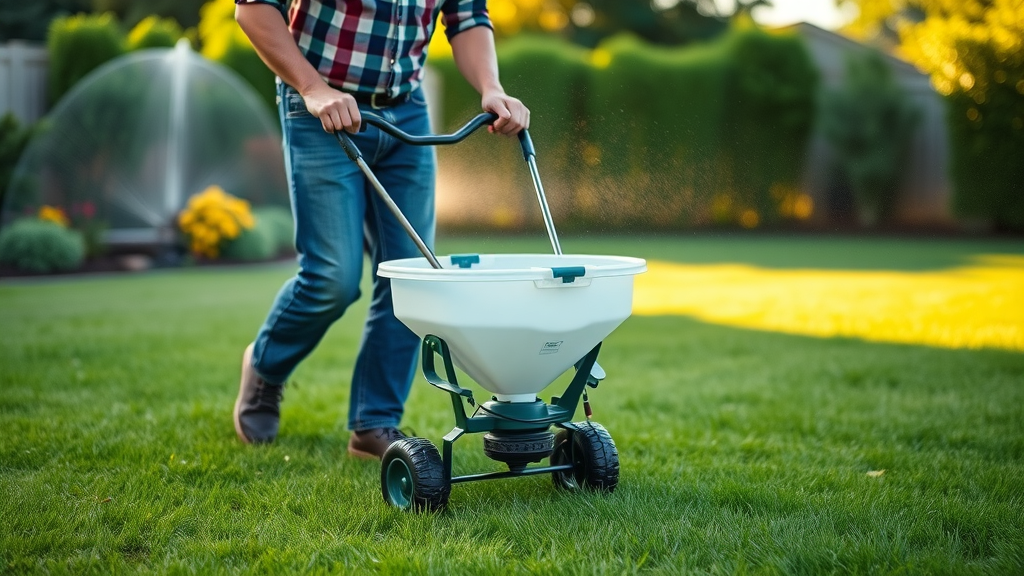
Start with a soil test —nothing sets you up for success like knowing which nutrients your soil lacks. Regular soil tests, available from your local county extension, give you precise data so you can match lawn fertilizer formulations to your grass type’s needs. Next, measure your entire lawn in square feet to avoid under- or over-application—most spreaders and product labels list rates per sq ft.
When it’s time to fertilize your lawn, use a broadcast or drop spreader for even coverage. Walk steadily and slightly overlap each pass to avoid striping or patchiness. Don’t skip the post-fertilizer watering; deep irrigation ensures nutrients penetrate to the roots without lingering on leaves, which can lead to burning or wash-away. Following these steps not only delivers immediate improvement, it also establishes long-term, sustainable grass growth.
Remember, the activity on this service can be based on routine and calculated effort—do not rush through applications. Commit to safety (always keep kids and pets off the lawn until recommended re-entry times) and strive for accuracy. Over time, these lawn care practices become second nature, and your entire lawn will show the rewards of your diligence.
Common Fertilizing Lawn Mistakes That Harm Lawn Care
Top Errors in Fertilize Your Lawn and How to Avoid Them
- Using the wrong type of lawn fertilizer for your grass type
- Over-fertilizing or under-fertilizing
- Applying in the wrong season
- Ignoring soil moisture or weather conditions
Mistakes with fertilizing lawn programs are more common than you might think—and correcting them starts with understanding what goes wrong. One prevalent issue is choosing the wrong fertilizer for your grass type or misreading the needs of cool vs. warm season grasses. This can cause poor absorption, stunted growth, or even outright lawn damage. Don’t just grab the nearest bag—take your time to match products and services to your type of grass and local recommendations.
Over-fertilizing remains the top culprit behind scorched, yellowed turf. Applying more than your grass can absorb (especially with fast-acting formulas) increases the risk of runoff, contaminates local water supplies, and gives you more weeds than grass. Conversely, under-fertilizing leaves an established lawn hungry for nutrients, leading to lackluster color and poor drought resistance. Moisture management is also vital: avoid fertilizing drought-stressed grass and never apply before a heavy rain, as nutrients will simply wash away.
Combining these errors leads to a cycle of frustration and patchy results. Always consult reputable sources, use soil test reports, and track your forms you submit for future reference. The support of the purposes explained by experts—such as those from your county extension—can help you dodge the pitfalls and support a strong, green lawn year-round.
How to Recover From a Fertilizing Lawn Mistake
Steps for Reviving a Damaged Lawn After Lawn Care Missteps
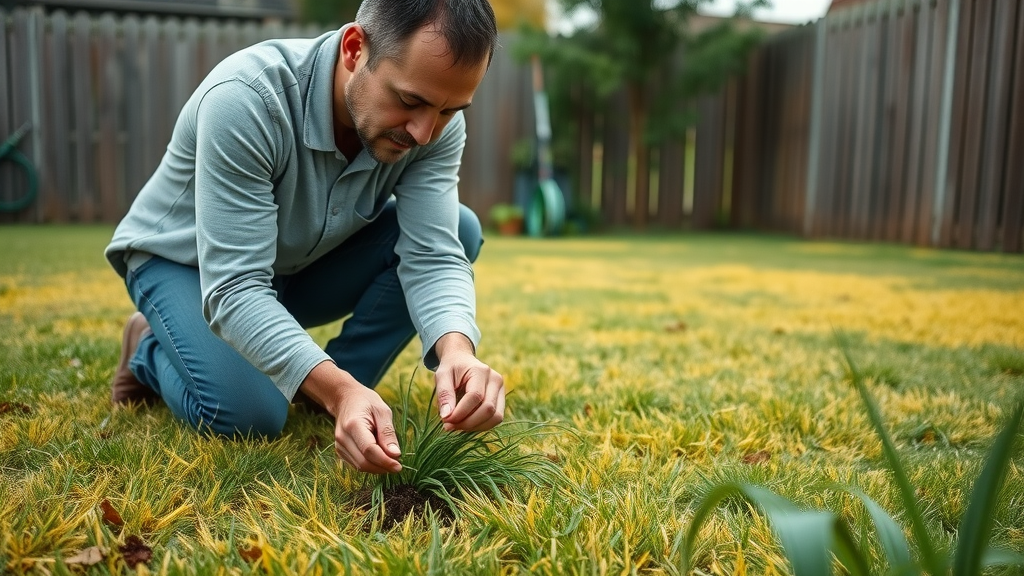
If you notice patchy, burned areas after fertilizing lawn, don’t panic—many lawns can recover with prompt care. First, water the area deeply and repeatedly to flush excess nutrients from the root zone. Remove any scorched grass to prevent disease, then re-seed or use patch repair products for quick recovery. Avoid mowing stressed sections until new growth appears.
It’s also essential to adjust your future lawn care practices by referencing prior mistakes. Review your application, ensure you’re using the right type of fertilizer for your grass type, and double-check recommended rates (per sq ft) on all product instructions. Taking a more disciplined, deliberate approach can help your established lawn bounce back from damage and prevent similar problems in the future.
For persistent issues—or if you’re unsure about the recovery steps—don’t hesitate to consult a local lawn care expert or county extension agent. Their professional insight can provide support of the purposes explained in this notice: a thriving, healthy lawn, season after season.
Professional Lawn Care Tips: Maximize Your Fertilizing Lawn Results
“A healthy lawn starts with a custom fertilizing lawn plan—tailored to your unique grass type and climate.”
Top-performing lawns are no accident—they’re the product of consistency, customization, and attention to detail. Start with a comprehensive soil test, then craft your fertilizing lawn plan around your grass type and local climate. Avoid using the same program year after year; tweak your schedule, adjust fertilizer types, and respond to changing soil conditions for lasting success.
Professional advice also emphasizes using slow-release formulations whenever possible, making sure all forms you submit to your lawn (granular, liquid fertilizer, or otherwise) are supportive of long-term soil health. A dedicated approach fosters resilience, encourages deep root systems, and enhances drought tolerance—key objectives for any established lawn.
Don’t overlook the value of technology—websites or apps can help you track rainfall, growing degree days, and application dates, ensuring you never miss a key window for fertilizing lawn. By adopting best practices and incorporating expert input, your personal interests and personal aspects of lawn care will yield measurable results.
Best Practices for Sustainable Fertilizing Lawn and Environmental Lawn Care
- Slow-release lawn fertilizer use
- Water-wise fertilize your lawn methods
- Protecting local waterways and biodiversity

Sustainable fertilizing lawn habits begin with choosing slow-release fertilizers, which feed grass steadily while reducing runoff. Watering wisely—deep and infrequent—is another principle, minimizing waste and encouraging robust root growth. Combining these methods helps pr your entire lawn while protecting nearby waterways from nutrient pollution, a growing concern in many communities.
Protecting biodiversity goes beyond just your property line. Use native grass mixes where possible and avoid over-applying fertilizers and pesticides. Monitor weather forecasts and postpone applications when heavy rain is predicted. Not only does this approach benefit your established lawn, it ensures that your lawn care practices support the broader ecosystem and maintain compliance with local regulations.
Adopting sustainable strategies benefits both your yard and your community. Whether you’re managing a few hundred square feet or a sprawling landscape, every choice you make when you fertilize your lawn contributes to a cleaner, greener, and more enjoyable environment for generations to come.
Mastering Fertilizing Lawn By Grass Type and Seasonal Needs
| Grass Type | Ideal Fertilizer | Frequency | Notes |
|---|---|---|---|
| Fescue (Cool) | N-P-K 20-5-10 | Spring & Fall | Avoid mid-summer feed |
| Bermuda (Warm) | N-P-K 15-0-15 | Late Spring-Summer | Requires frequent feeds |
Every type of grass demands a unique fertilizing lawn protocol. Fescue (a cool season grass) responds best to feeding in spring and fall, with a caution against mid-summer applications when heat stresses the lawn. Bermuda (a warm season grass), on the other hand, needs frequent nourishment from late spring through summer to support its peak growth phases.
This chart offers a quick reference for homeowners looking to synchronize their fertilizing schedules with the growing needs of their lawns. Adjust application rates and formulations based on your soil test results and changing climate considerations—making precise changes as needed throughout the year.
Mastering this level of detail ensures that your fertilizing lawn activities deliver scalable, lasting results, regardless of whether you’re maintaining an intimate backyard or an expansive landscape. Over time, following these best practices helps pr the overall look and function of your yard.
When Should You Apply Fertilizer to Your Lawn?
Best Seasonal Guidance for Fertilizing Lawn Effectively
Apply fertilizer early spring for cool season grasses when the soil temperature hits 55°F. Warm season grasses benefit from fertilization once growth begins in late spring. Timing ensures maximal nutrient uptake and prevents wasting product or causing lawn damage.
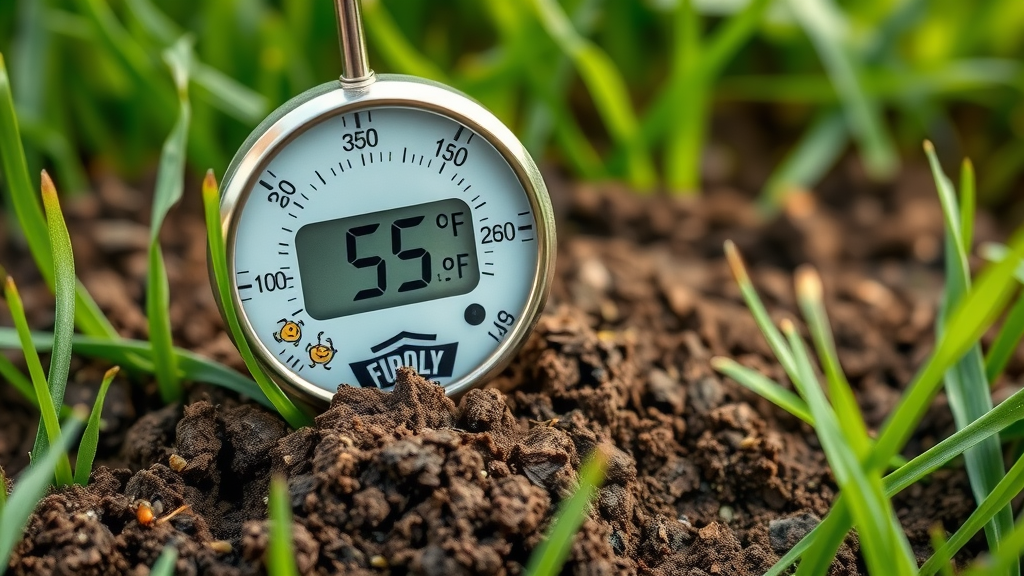
Can You Just Throw Fertilizer on Grass?
Proper Spreading Techniques Versus ‘Throw and Go’ Methods for Lawn Fertilizer
Throwing fertilizer on the grass without a spreader leads to uneven application, patchy growth, and potential burning. Use a broadcast or drop spreader and follow manufacturer instructions for optimal fertilizing lawn results.
How Many Times a Year Should I Fertilize My Lawn?
Annual Lawn Care Schedules Based on Grass Type
Most lawns require 2-4 feedings per year, tailored to grass type and regional climate. Cool season grasses should be fertilized in spring and fall, while warm season grasses benefit from late spring through summer feedings.
What Is the Best Way to Fertilize Your Lawn?
Top Fertilizing Lawn Strategies from the Pros
The best method is a careful, staged approach: soil testing, choosing the right fertilizer, precise spreading, thorough watering, and following a well-timed schedule. Avoid shortcuts to maintain healthy, vibrant growth.
Frequently Asked Questions on Fertilizing Lawn and Lawn Care
- Should I fertilize before or after mowing? Fertilize after mowing to allow nutrients to reach the soil quickly, and avoid collecting clippings for at least one cut to maximize absorption.
- Is it safe to fertilize lawn in hot weather? Avoid fertilizing during peak heat—apply when temperatures are moderate to prevent stress and burning on new growth.
- How soon can pets and kids re-enter after fertilizing? Wait at least 24–48 hours after fertilizing, and ensure the lawn has been deeply watered before allowing children or pets back onto the grass.
Key Points and Takeaways for Effective Fertilizing Lawn
- Test soil and match fertilizer to your grass type
- Follow seasonal schedules specific to season grasses
- Use the right application method for your lawn care plan
- Correct mistakes promptly to sustain healthy growth
Ready for Amazing Lawn Care? Leave Fertilizing Lawn to the Experts
Is your lawn looking tired, patchy, or just plain uncooperative? Let Scapes Unlimited LLC take the hassle out of lawn care and maintenance. From regular mowing and fertilization to weed control and seasonal cleanups, we’ve got your yard covered year-round. 🌱 Contact us today and give your lawn the expert care it deserves.
Act now: test your soil, choose the right fertilizer, set a smart schedule, and never skip proper application. Your lawn will thrive—and so will your curb appeal.
If you’re ready to elevate your lawn care beyond fertilization and want to unlock the full potential of your outdoor space, consider exploring advanced strategies that encompass every aspect of a thriving yard. Discover how a holistic approach—combining aeration, weed control, and tailored maintenance—can transform your property into a lush, resilient landscape. For a broader perspective on optimizing your lawn throughout the year, check out these expert lawn care insights and seasonal tips to take your results to the next level.
To enhance your understanding of effective lawn fertilization and avoid common mistakes, consider exploring the following resources:
-
14 Tips for Fertilizing Your Lawn by HGTV offers practical advice on the best times to fertilize, proper application techniques, and how to integrate fertilization with other lawn care practices for optimal results.
-
The Do’s and Don’ts of Lawn Fertilization: A Comprehensive Guide by Massey Services provides a detailed overview of common fertilization errors and best practices, helping you make informed decisions to maintain a healthy lawn.
By consulting these expert resources, you can refine your fertilization approach and achieve a lush, vibrant lawn.

